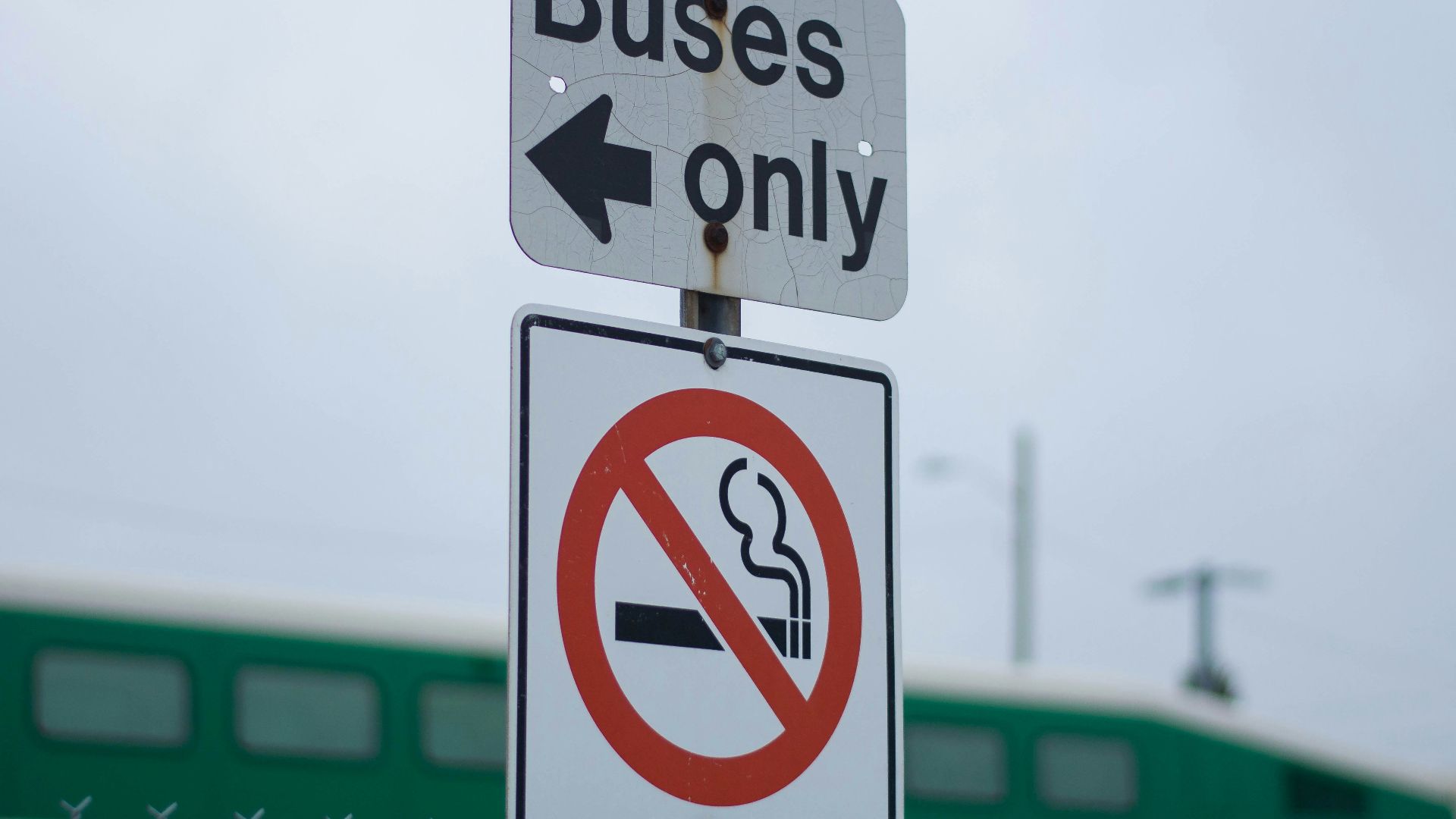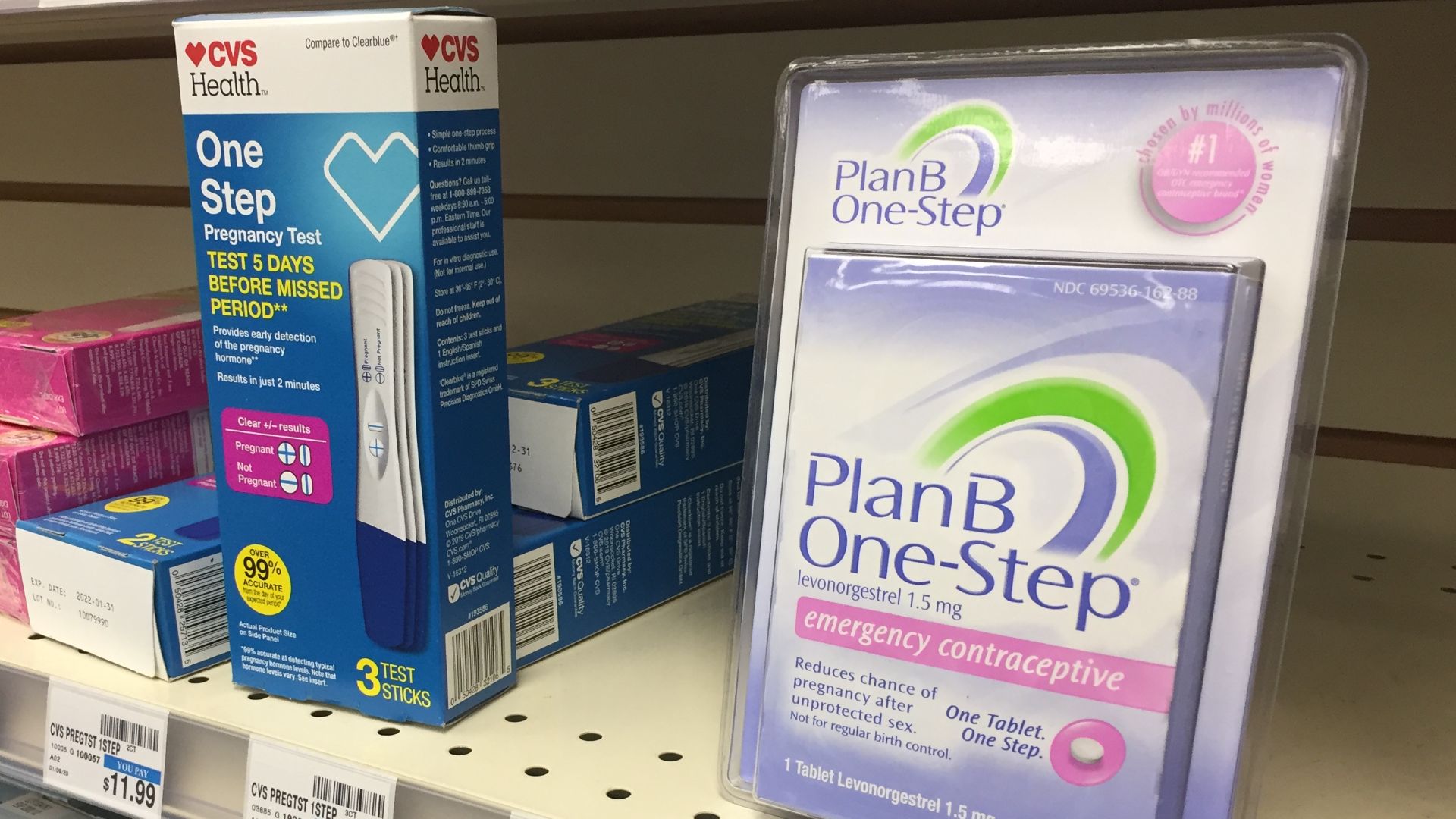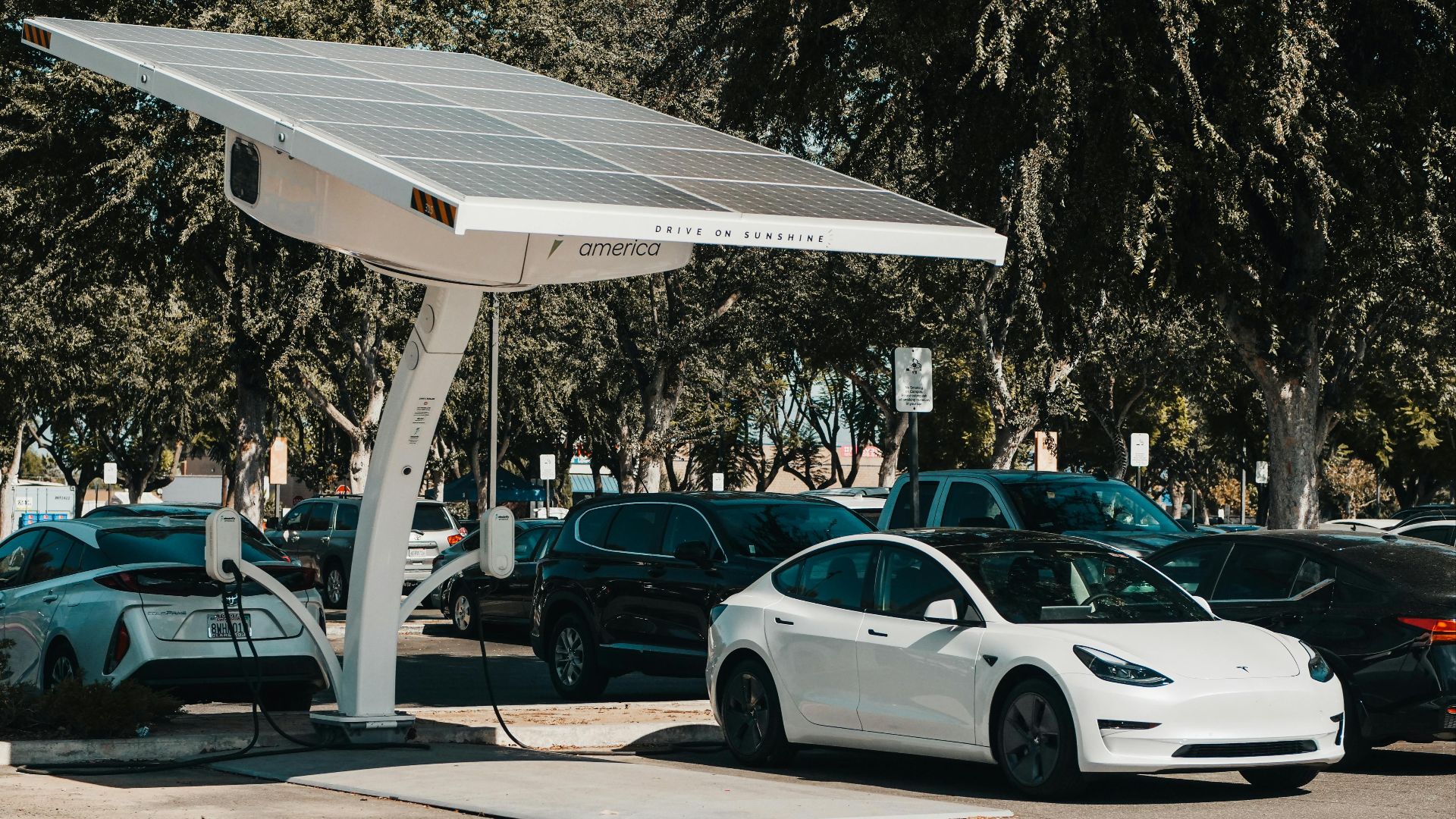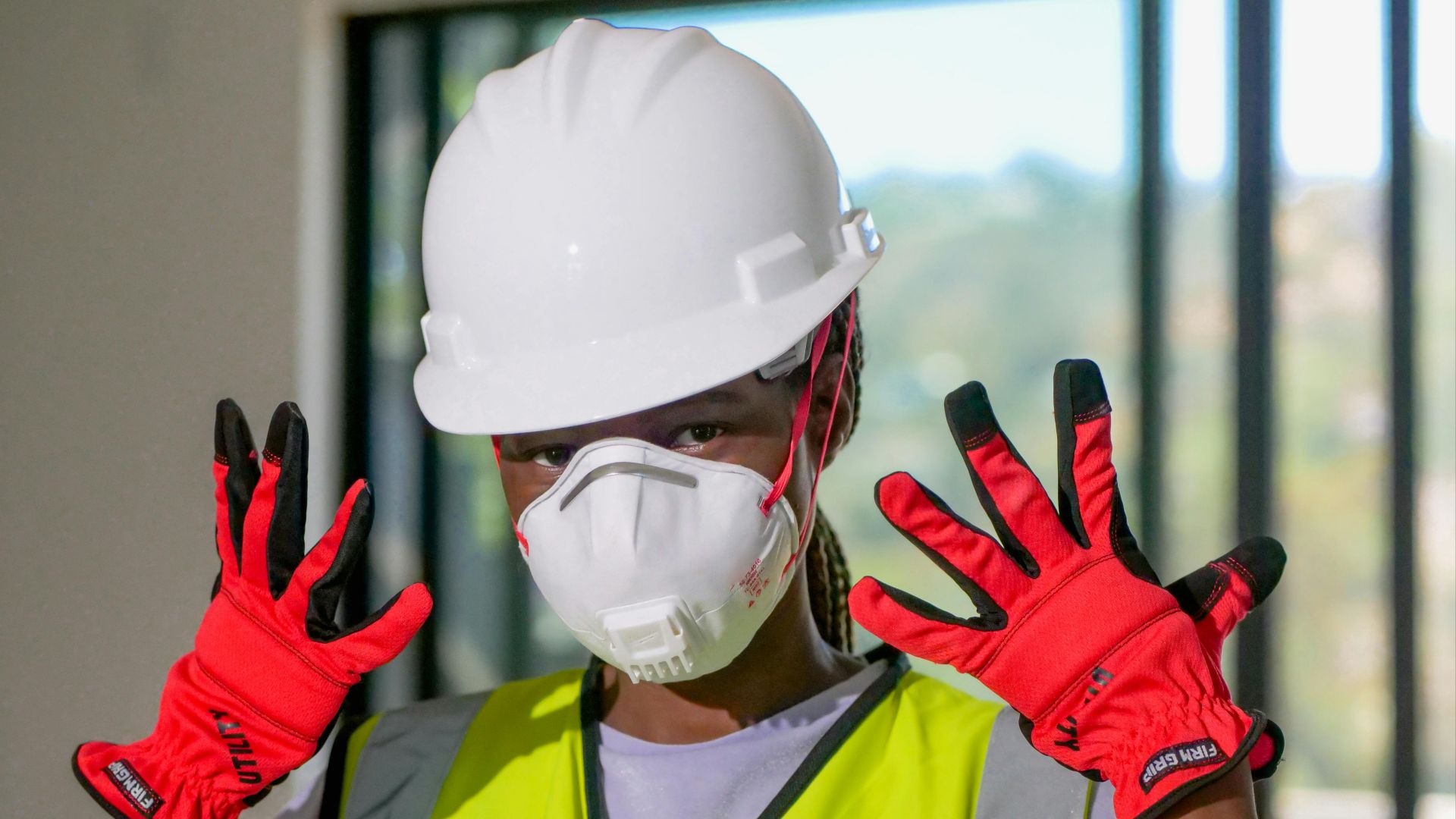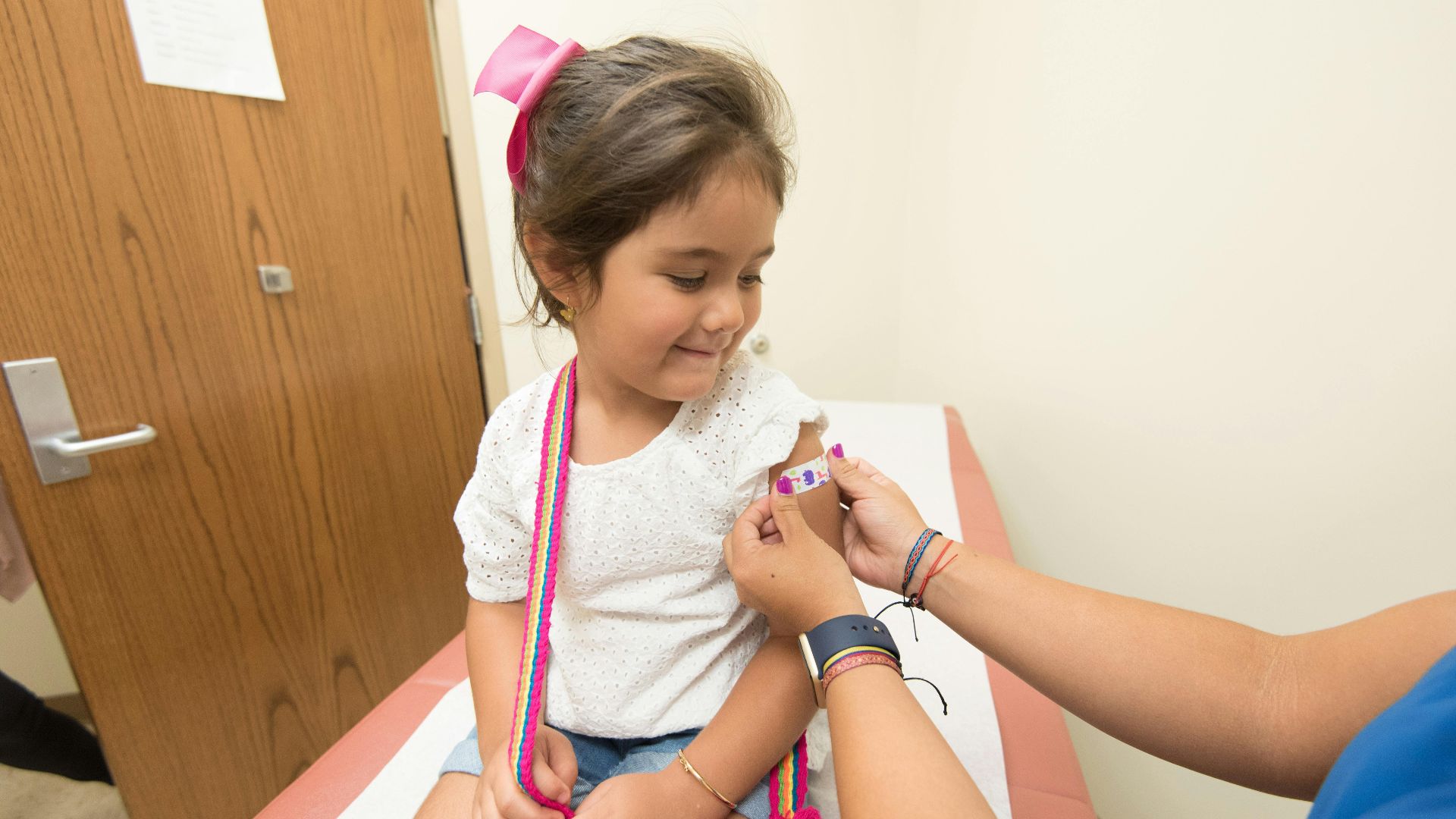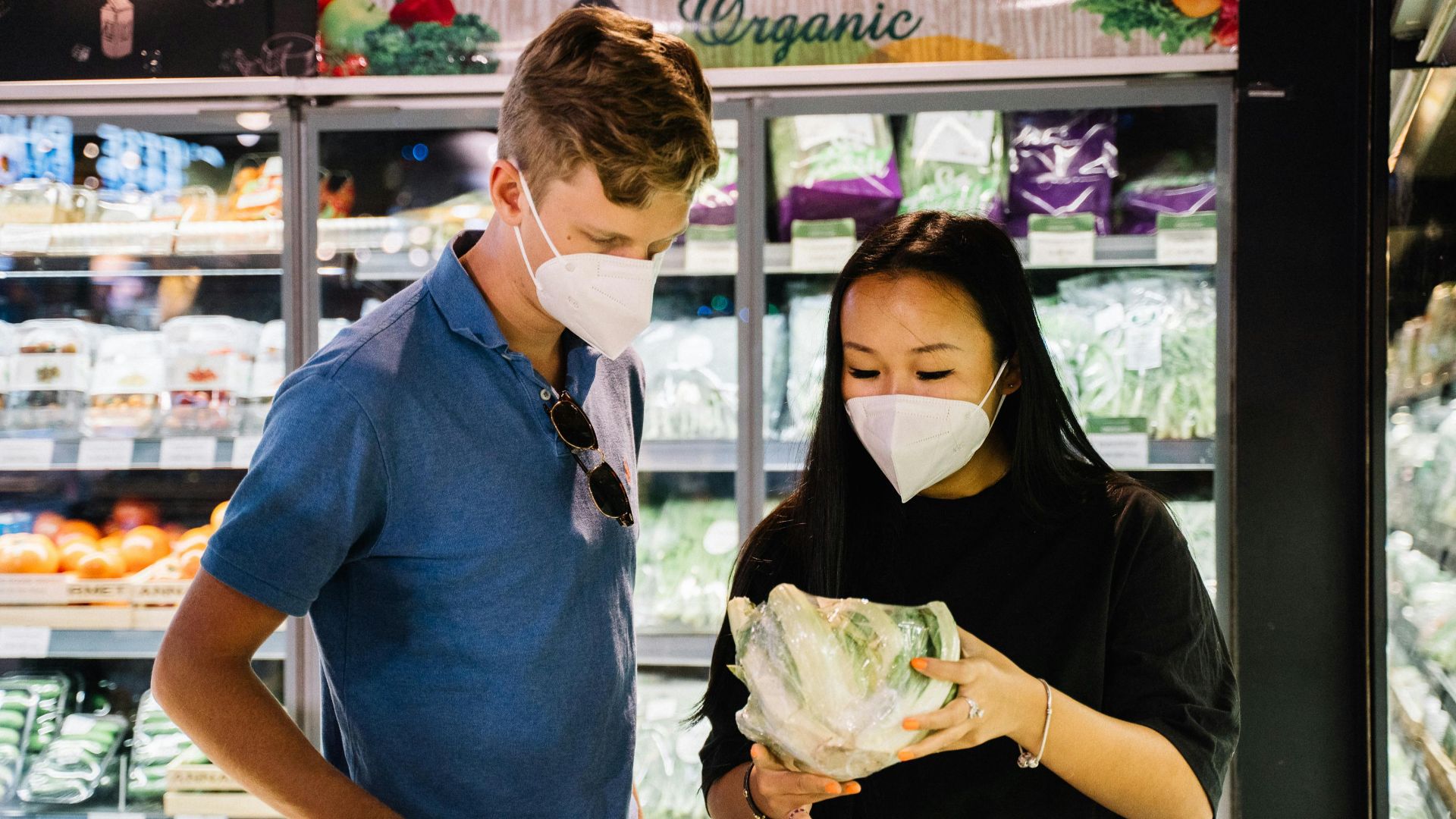The Younger Generation's Approach
You might think younger generations are glued to screens, but somehow—they're outliving everybody. Weird, right? While grandma had castor oil and wartime grit, Gen Z is having avocado toast and blue-light glasses. It’s not just better medicine doing the trick. A bunch of lifestyle changes and habits gives today’s youth a surprising edge in the longevity department. So, here are 20 reasons why younger generations are living longer—and it might not be what you expect!
1. Increased Access To Preventive Healthcare
Gone are the days when people only saw a doctor once something felt seriously wrong. Now, regular check-ups are routine, catching issues before they snowball. Thanks to telehealth, getting expert advice doesn't even require leaving the couch.
2. Declining Smoking Rates Among Youth
Most teens today don’t see smoking as edgy—it’s more eye-roll than rebellion. With flavor bans in place and peer groups pushing back, the pressure is to quit before you even start. Smoke-free spaces are standard, not special, and social media calls out smoking more than it glamorizes it.
3. Widespread Adoption Of Plant-Based Diets
Younger generations are increasingly embracing plant-based diets, GENERALLY starting with simple shifts like meatless Mondays or adopting a flexitarian approach. Influencers and plant-focused cookbooks further normalize and promote this way of eating.
 Ella Olsson from Stockholm, Sweden on Wikimedia
Ella Olsson from Stockholm, Sweden on Wikimedia
4. Decreased Teen Birth And Infant Mortality Rates
Improved access to contraception—often discreet and digitally supported—has made a major difference in reducing teen pregnancies. On the healthcare front, emergency services for newborns have seen remarkable upgrades, increasing survival rates.
5. Safer Cars And Stricter Traffic Laws
Vehicle safety has evolved dramatically in recent years, giving younger generations better protection on the road. Strict enforcement of drunk driving laws adds another layer of deterrence, while driver education programs focus more heavily on safety awareness. These advancements collectively contribute to safer travel and fewer accidents.
6. Rising Awareness Of Mental Health
Mental health is no longer a silent subject—it’s part of everyday conversation, especially on social media where therapy is openly shared and often encouraged. Due to this, practices like “self-care” are also widely accepted as essential.
 Antoni Shkraba Studio on Pexels
Antoni Shkraba Studio on Pexels
7. Regular Use Of Sunscreen And Skincare
Sun’s harmful rays aren’t taken lightly by younger generations—and their routines show it. What used to be a beach-day afterthought is now a daily habit, with sunscreen taking a permanent spot in morning skincare. Even sun-safe fashion has caught on, with long-sleeve swimwear and rash guards gaining popularity.
 Photo By: Kaboompics.com on Pexels
Photo By: Kaboompics.com on Pexels
8. Growing Popularity Of Meditation And Mindfulness
Mindfulness has steadily woven itself into the fabric of modern life, starting with how people handle stress. This shift in awareness is echoed in the rising popularity of yoga, both in studios and virtual classes designed to engage younger audiences.
9. Reduced Air Pollution In Developed Areas
Improved air quality in many developed areas reflects a broader shift toward cleaner, more conscious living. Supporting this change, electric vehicles have become common sights, quietly cutting down on daily smog. Meanwhile, factories operate under stricter environmental controls, reducing the industrial footprint.
10. Decline In Workplace Hazards
In physically demanding jobs, advanced safety gear shields workers better than ever. And for those behind desks, ergonomic chairs, standing desks, and screen guards are reshaping office comfort. Add remote work into the mix, and daily commutes—with their share of bumps—are skipped altogether.
11. Better Sleep Hygiene And Tech Tools
With blue light filters softening screens and sleep apps guiding wind-down routines, technology plays bedtime ally instead of enemy. Even teenagers are tuning in, following sleep influencers and wellness vloggers who promote better habits over late-night scrolling.
12. Delayed Alcohol Consumption Onset
The first sip is coming much later for today’s younger generations—and not by accident. With mocktails and non-alcoholic spirits flooding menus, socializing doesn’t hinge on a drink in hand. Behind the scenes, stricter tech-driven enforcement of legal age limits makes underage drinking less accessible than ever.
13. Advances In Personalized Medicine
Personalized medicine is transforming how younger generations approach their health, which shifts the focus from treatment to tailored prevention. Complementing this shift, at-home allergy and food intolerance kits have become go-to tools, helping users avoid hidden triggers with confidence.
14. Higher Rates Of Vaccination Coverage
With school enrollment tied to immunization records, kids start early on the protection path. On top of that, pediatricians keep things on track, offering full vaccine plans and nudging reminders that make forgetting almost impossible.
15. Fewer Deaths From Infectious Diseases
After major pandemics, hand-washing became more than a recommendation—it turned into second nature. Parents now teach hygiene habits as early as they teach the alphabet. Pharmacies also play their part, actively discouraging the misuse of antibiotics to prevent resistance from gaining ground.
16. Digital Access To Fitness And Wellness Coaching
For those who dread crowded gyms, live-streamed classes bring the energy without the pressure. Smart wearables raise the bar even higher, as they deliver real-time coaching and heart rate feedback that keeps users tuned in to their progress.
17. Reduced Trans Fat In Modern Diets
Trans fat quietly lost its grip on modern diets, and few are missing it. Fast food chains led the charge, reformulating menus to cut out the worst offenders without sacrificing flavor. Even schools and cafeterias joined the shift, phasing out trans fat-laden snacks and meals.
18. Expansion Of Public Health Education
Public health education has come a long way from awkward lectures and outdated posters—it’s now part of everyday conversation. In schools, health class goes beyond the basics, covering everything from nutrition and intimate wellness to consent with clarity and relevance.
19. Greater Focus On Hydration And Clean Water
Hydration has quietly become a daily priority, and younger generations are leading the charge. Reusable water bottles lead the way, making it easy to sip steadily throughout the day without a second thought. And tying it all together, water is now edging out soda in many youth diets.
20. Improved Food Safety And Sanitation Standards
Today, expiry dates and refrigeration guidelines are treated seriously. When contamination strikes, rapid tracking systems trigger swift recalls, often before most people even hear about the issue. And with growing public awareness, unsafe food handling is actively avoided.




